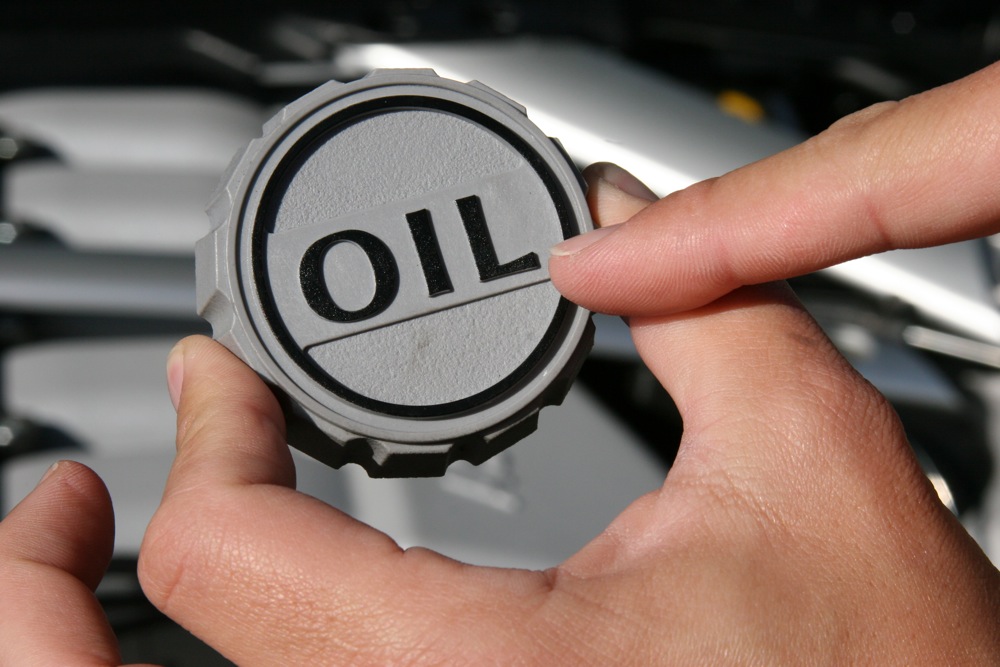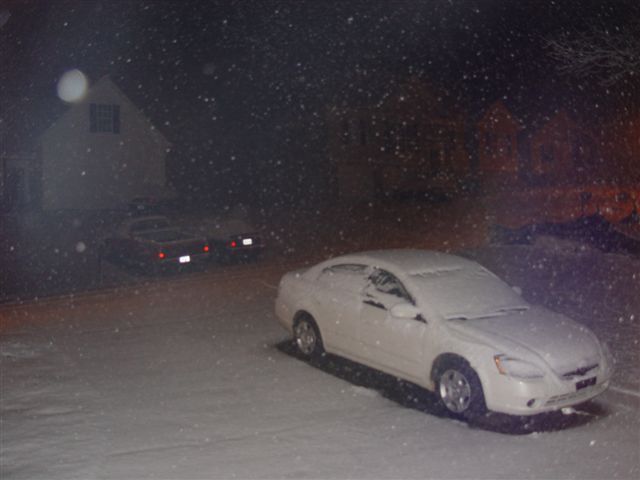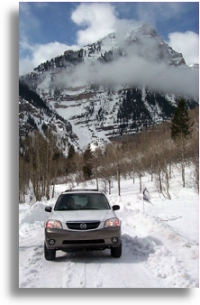It’s October, and for thousands of motorists in colder states that means only one thing: winter is on the way.
But as the trees start to turn to golden reds, the winds start to blow and fall quickly turns to winter, here are five things you should do to help your car keep its gas mileage high this winter.
Service your car
When was the last time you had your car serviced? If you can’t remember, the chances are your car really should get a trip to your local garage or dealer for a winter-ready tune-up.
If you work on your own car, make sure you check the car over thoroughly, replacing any worn ignition cables, spark plugs and other electrical items. A perished ignition cable or faulty spark plug can cause a weak spark in the cylinder, resulting in low power and increased fuel consumption.
Worse still, in very damp or cold weather, perished sparking leads can short to the car’s bodywork, resulting in uneven engine running.
You’ll also want to make sure your car is filled with the correct grade of oil as recommended in your car’s workshop manual or owners’ handbook. In colder states, you may find a different grade of oil is needed for winter running than is needed during the summer.
Fuel lines should also be checked, along with water lines and any engine thermostats. An incorrectly operating thermostat can prevent your car’s engine from reaching optimum operating temperature, increasing fuel consumption, engine wear and exhaust emissions while a heating system full of limescale could result a lack of heat in the cabin or worse still, a water leak.

Oil cap
And while we’re on the subject of water, make sure your radiator has an appropriate coolant/anti-freeze in it to cope with your local winter weather. Failure to do so could result in frozen radiators, cracked engine blocks, and an expensive repair bill.
Check Your Tires
When air cools, it contracts, meaning the air pressure in your car’s tires will also drop.
Under-inflated tires will increase rolling resistance of the wheels, increasing fuel consumption and tire wear too.
If you live in very cold climates, consider buying a set of winter tires to help with grip in heavy snow and ice, but don’t switch your car’s tires over until you know the really cold weather is on the way since winter tires normally have a higher rolling resistance than their summer counterparts.
While you’re getting your tires checked, make sure each wheel is correctly balanced and that your steering geometry and wheel alignment is correct. Poor wheel alignment and badly balanced wheels not only affect handling but they also increase the energy needed to push the car along.

Snow in Winter
Get an engine block heater, radiator muff
For those in really cold climates, engine block heaters are pretty commonly fitted to gasoline engines to help them stay warm in frigid temperatures.
Normally fitted to the engine block or the oil pan, these heaters plug into electric outlets and keep the oil in the engine above freezing point to aid starting and prevent engine seizures.
For less extreme cold weather, use of an engine block heater can help reduce the time it takes an engine to warm up, reducing engine wear and cutting on harmful startup emissions.
Not only that, but a warmer engine means a warmer heater sooner.
If an engine block heater seems too extreme, investigate radiator muffs. Designed to fit inside the engine bay to partially block the car’s grille, they help reduce the amount of cold air entering the engine bay and thus decrease the amount of time it takes a car to reach operating temperature. It also helps engines stay warmer during cold snaps, meaning better fuel efficiency and warmer cabin heat.
But a word of warning -- radiator muffs should be used with care. Keep a radiator muff on when the temperature rises or on a long road trip in moderate temperatures, and you risk damaging your car’s engine and overheating your car’s cooling system.
Get a cabin heater
Do you know why electric cars like the 2012 Nissan Leaf and 2012 Chevrolet Volt feature timed cabin heaters to pre-heat your car in cold weather?
Designed mainly to ensure energy from the car’s battery pack isn’t wasted on heating the cabin, the pre-heat system uses energy from the electrical grid when the car is plugged in to warm the car’s interior before you drive away, but it has a really beneficial side effect.
It clears any ice.
And if you don’t have access to a garage big enough to hold your car or all of your cars, the chances are you spend quite a lot of time in the winter clearing ice from your car’s windows.

winter driving
How does a cabin heater save fuel? Simple.
Most people run their car’s engines while they clear ice, partly to warm the cabin before they leave.
But idling a car on a cold day doesn’t make for great fuel economy. In fact cold-weather idling a cold engine doesn’t do anything for the engine either, increasing engine wear.
Buy a cabin heater and you’ll thank yourself on cold, wintery days when your car is ready to go without needing you to scrape away at ice in the cold, and your car will reward you with better fuel economy too.
Avoid lots of small trips
Cold engines really do kill fuel economy, so try and avoid making lots of short trips throughout the week.
Instead, run errands on your way home from work when the car’s engine is already warm or combine lots of small short trips into one afternoon.
Not only will the car stay warm between errands, but your car’s fuel efficiency and gas mileage will be much better.
Any others?
We’ve listed five ways to keep your car’s fuel economy high during the winter months, but can you think of any other ways you can save money and keep your gas mileage high in the winter?
Let us know in the Comments below.













